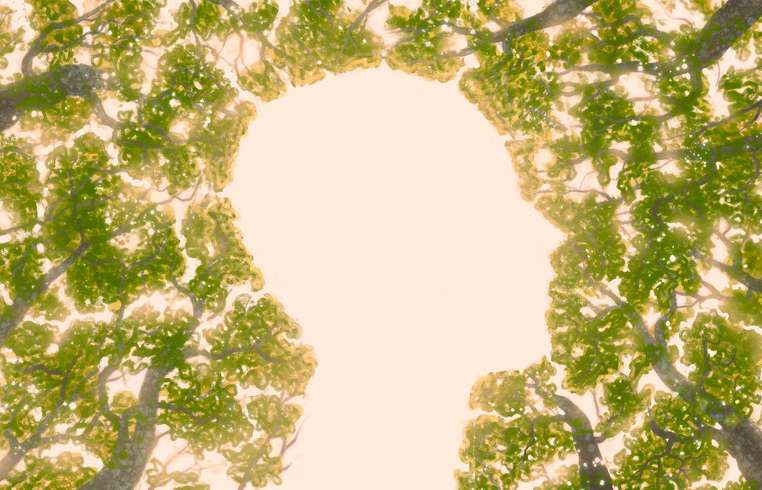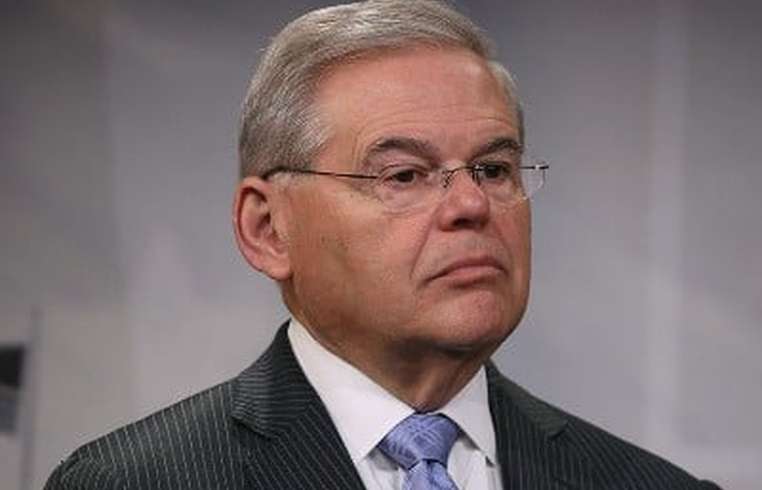
News - Many Los Angeles County residents say their barren block has enough shade.
Business Strategy
Many Los Angeles County residents say their barren block has enough shade.

While most Angelenos live on streets with little or no shade, nearly half believe their neighborhoods have enough tree cover. The gap between what residents experience and what science says about how much shade exists is one of the key findings in a new LABarometer report on shade in Los Angeles County. The Center for Economic and Social Research CESR at the USC Dornsife College of Letters, Arts and Sciences produced the report. Only 16 percent of Los Angeles County residents surveyed live in areas with moderate or high levels of tree shade, yet 48 percent say their block has enough coverage to stay comfortable on a hot day. That mismatch has real consequences, especially as climate change intensifies the urban heat island effect. Kyla Thomas, a sociologist at USC Dornsife and LABarometer director, explains that the shade perception gap may stem from how people experience their surroundings and what they have grown used to. If you have lived in a neighborhood with few trees your whole life, that environment becomes your norm and you adapt. You might not realize what is missing until you visit a shadier, cooler part of the city. And as heat intensifies, what feels adequate today may not tomorrow. The report is timely as USC Dornsife Public Exchange leads a diverse coalition called ShadeLA, working to expand shade across Los Angeles in advance of the 2028 Olympics and other major sporting events. The findings illustrate why cross-agency coordination will be essential in preparing the city for a hotter future. Rita Kampalath, the county chief sustainability officer, says climate change will make hot days even hotter in Los Angeles County and that residents who feel comfortable now may want more shade in the coming decades. Through the Community Forest Management Plan and the partnership with ShadeLA, Los Angeles County is working to promote the long-term benefits of trees and to expand the tree canopy where it is most needed not just for today but for a resilient future as temperatures continue to rise. Support for greening is strong but uneven. Public support for planting trees is broad: more than eight in ten Angelenos favor local government spending to add trees, with about one in three strongly in favor. But support is not evenly distributed and is weakest in the very communities with the least shade. Black residents are more likely than most groups to live in low-shade neighborhoods, yet they are nearly three times less likely than white residents to strongly support government funding to plant new trees. And although more than three-quarters expressed some level of support, nearly a quarter were somewhat or strongly opposed to public spending on trees, the highest of any racial group. An analyst with Public Exchange’s Urban Trees Initiative notes that this disparity may stem from a legacy of systemic disinvestment and competing community needs. In places like South LA, where residents have faced decades of underinvestment in housing, health care and other critical services, tree planting can spark mixed emotions. People value green space but have seen well-intentioned projects ignore local voices and often associate tree planting with gentrification. Support for spending on tree planting also dipped among residents with lower levels of education and among Republicans and independents. Transit stops are shade deserts. Public transit riders are also feeling the heat. Only 23 percent of Angelenos said their nearest bus stop has adequate shade, closely mirroring findings from UCLA researchers who reported that only a quarter of LA Metro bus stops are shaded. That lack of shelter poses serious health risks, particularly for those in lower-income communities where public transit use is highest and heat exposure is more prolonged. ShadeLA is already prioritizing bus stops and other high-traffic areas for new shade interventions as part of its mission to create a cooler, healthier Los Angeles before the 2028 Olympics. About the LABarometer survey. The LABarometer shade survey was conducted in English and Spanish between February and April 2025. It is based on a representative sample of more than 1,500 adult residents across LA County. Participants are part of the USC Dornsife Center for Economic and Social Research's Understanding America Study, a probability-based internet panel designed to reflect the demographics of the county. LABarometer is funded by the USC Dornsife Center for Economic and Social Research.






